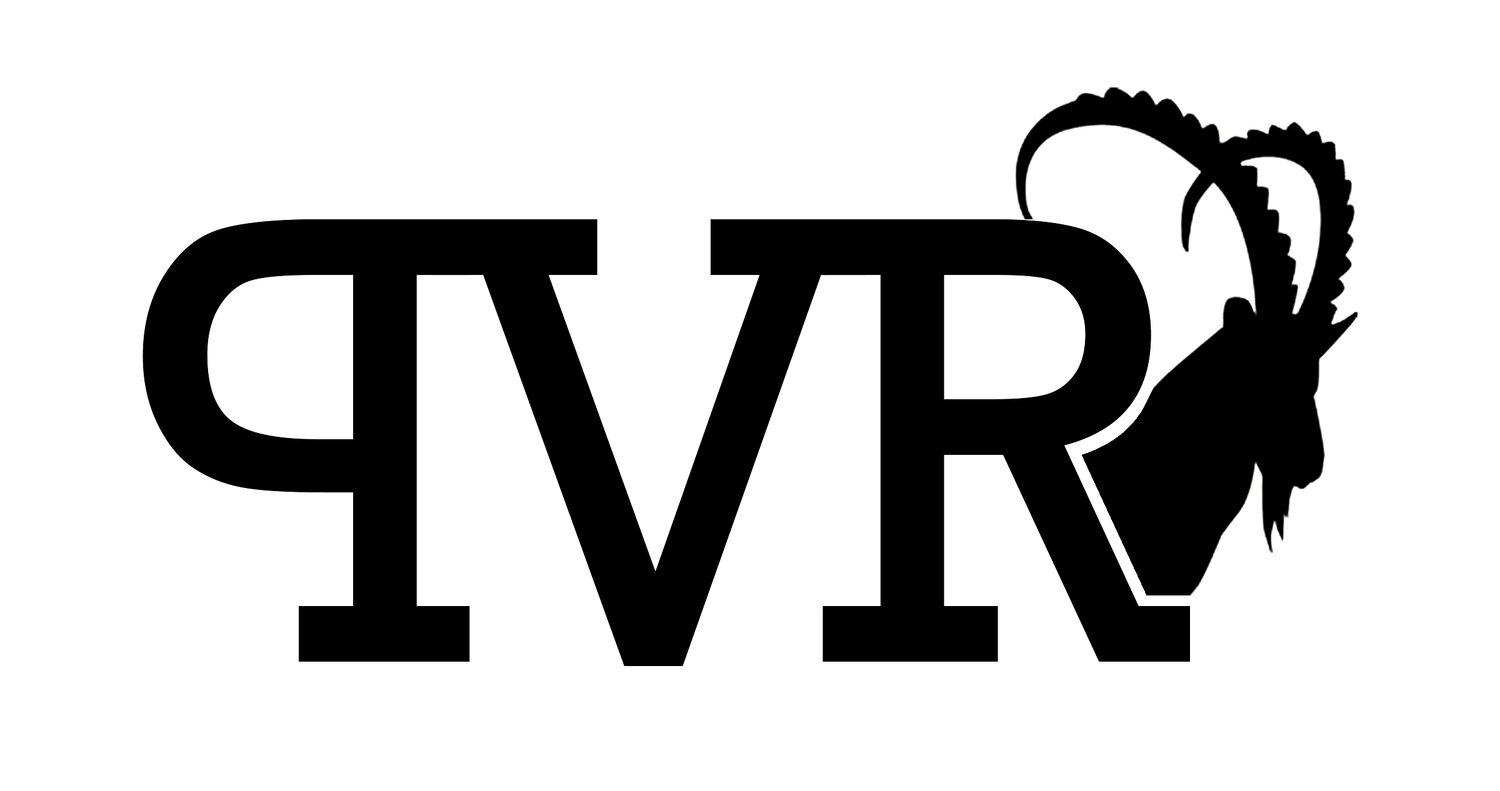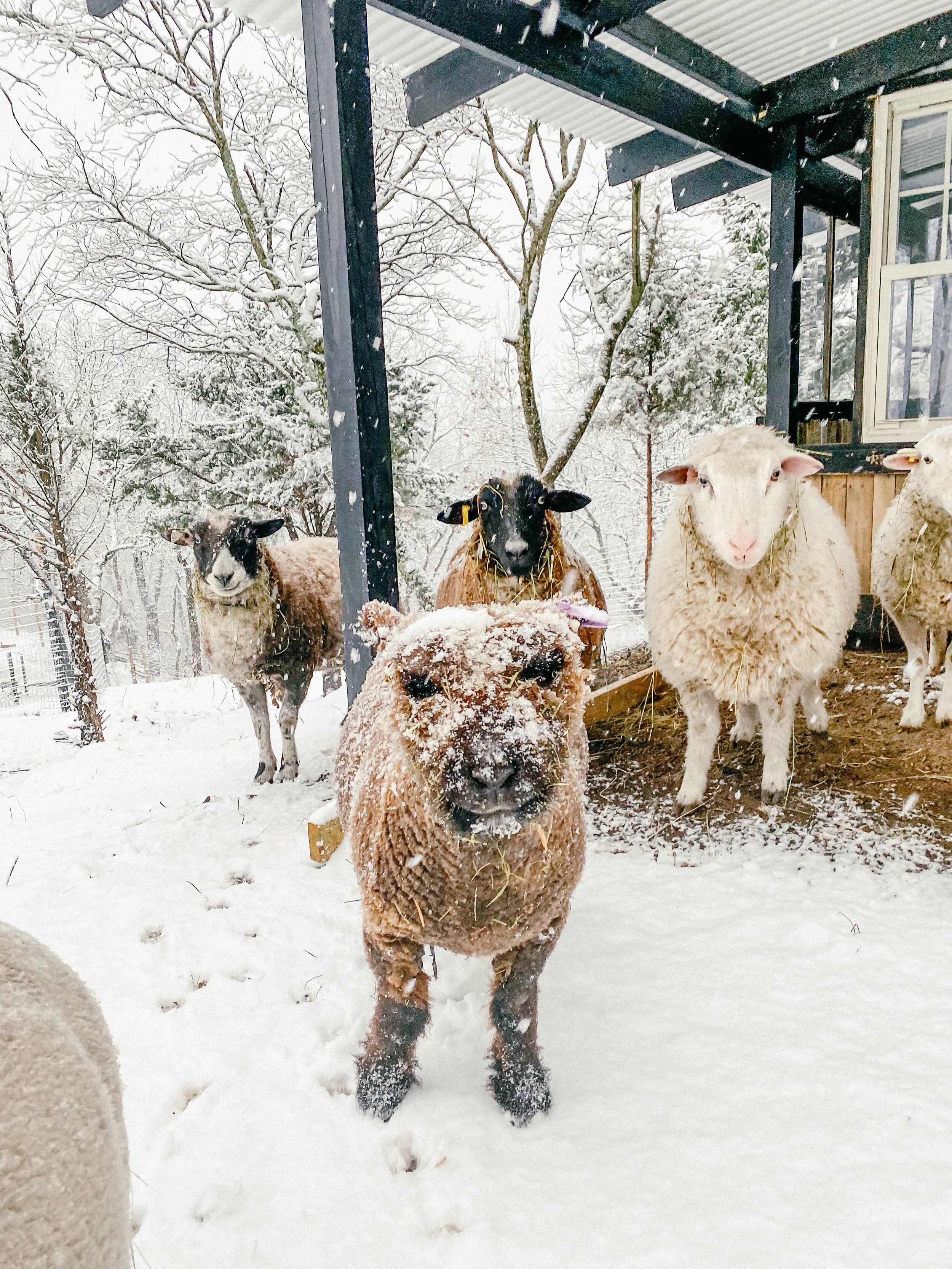Homesteading, Hobby Farming, Microfarming Defined
In response to the Covid-19 pandemic people are understanding the importance of being more self-reliant for food and work. Businesses shutting down, jobs being replaced by computers, food supply being threatened and schools closing scared this generation in a way they didn’t know was possible. How can a generation that can accomplish more before lunch than a third world country does in a week, actually be at risk? The answer is: they have never learned real survival tasks like cooking, sewing, raising animals, farming.
What level of farming are you?
Homesteader, Hobby Farmer, Micro-farmer?
CHECK OUT OUR YOUTUBE VIDEO TO SEE THE DIFFERENCE
Enter the buzz words “homesteading”, “hobby farms” “microfarms”. What do these old school practices have in common? They are the gateway to survival, even in 2020.
Homesteading conjures up thoughts of land runs and Little House on the Prairie. However, in 2020 it is far more of a spectrum and a mindset, than a plantation. The goal of homesteading is to be self-sufficient. We are seeing the rise of urban and suburban homesteads with owners selling goat milk soaps (and the like) on Etsy, vegetables at farmer’s markets and they YouTube it as they go. Homesteaders main goals are to provide for their family 100% off their land and make a living doing it.
Hobby Farms can include livestock and gardening for pleasure and not for money. Hobby farms are usually funded by surplus in the budget. If a crop is lost or an animal dies, it doesn’t severely impact the farm financially because the farm is not dependent on its success. These farms don’t receive tax benefits because they are not profiting.
Microfarming is that sweet spot between the two. Livestock is raised and sold. Gardens have the goal of providing enough food for a family without the thought of large farming equipment and rows and acres of food. It is about making the most of every square inch of your land to be productive whether it be urban or suburban. It can be the gateway to homesteading, or not. Microfarmers make their living other ways, but provide supplemental income with their farm.
At Porter Valley Ranch, we have made the shift to microfarming over the Quarantine. We document our transition on YouTube via the Porter Valley Ranch channel (https://www.youtube.com/portervalleyranch). We also own a dance and gym business in our hometown and use our spare time building the farm. Currently we have 11 Ibex goats, 1 horse, 12 chicks, 2 babydoll sheep, 4 harlequin sheep, 2 dogs and a pig. Each animal has a purpose in providing for the farm, and are not just pets.
Ibex raised at the Porter Valley Ranch
Our goal is to stay in the microfarm genre and build a side business out of buying and selling our goats and sheep. We would also like to raise our own meat and grow at least 90% of our produce out of our garden. It will take a while to get there but that is where we are headed step by step.
A motivating factor for us to transition to microfarming is to avoid chemicals and harmful ingredients in both food and products. We started shifting away from toxic cleaners, food and fragrances in our house a little over a year ago. Growing our own food and making things like bug spray and house cleaners with natural ingredients really helps support your immune system during a pandemic. There are super simple things to switch to without even making them yourself that will keep your family healthy.
The overall goal for the Porter Valley Ranch YouTube channel is to break down how easy it can be to transition to microfarm. Episodes cover DIY projects for farming, raising animals, family life, gardening and ditching toxic chemicals.
Babydoll and Harlequin Sheep at the Porter Valley Ranch



